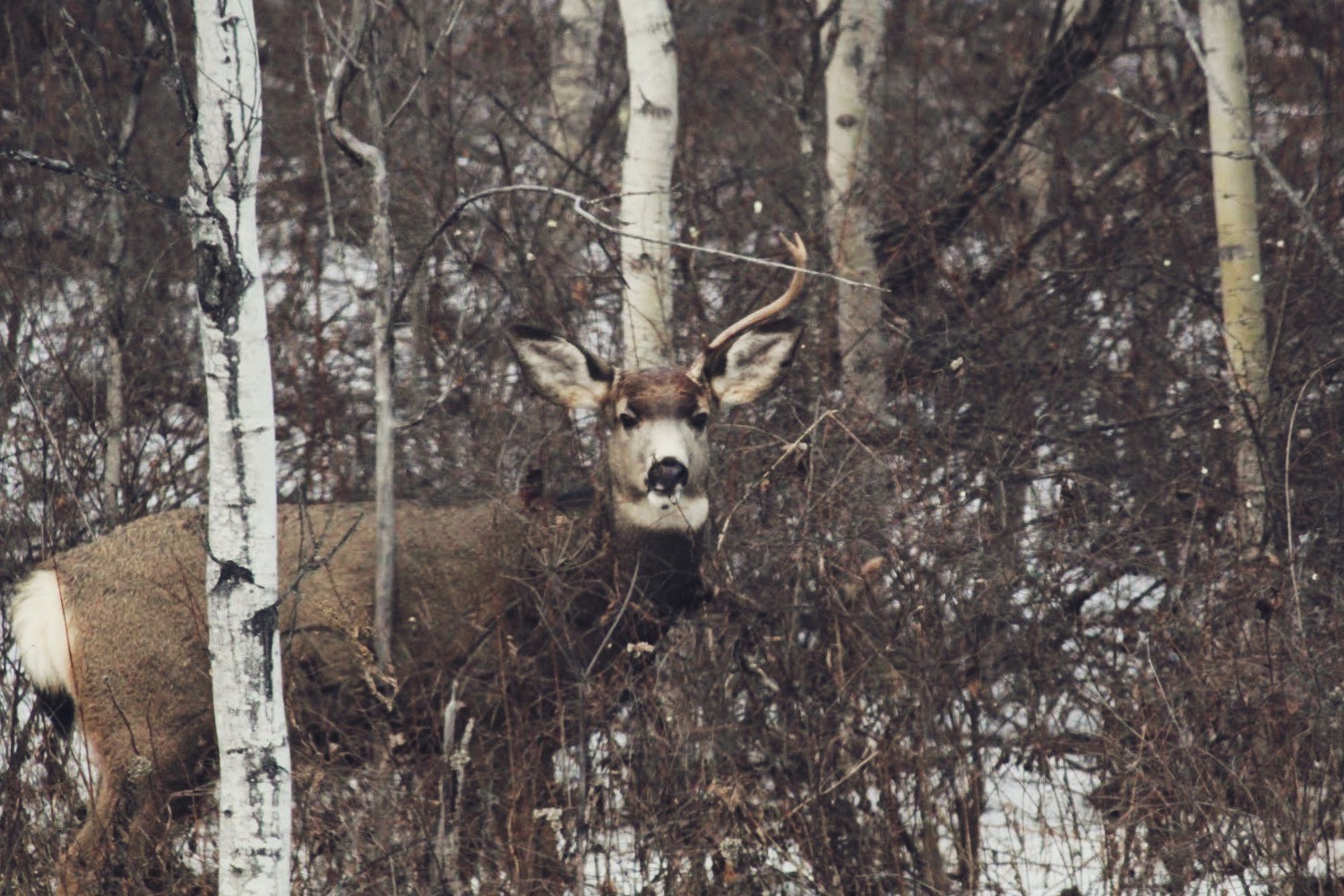Is this your first spring shed hunting? If so, you may be wondering how to get started. It seems easy enough: lace up your hiking boots, load up your daypack with snacks and water for the day, and put on some miles. On one hand, it is that easy, but if you aren’t hiking in the right area, you could quite possibly hike for days without seeing a single shed antler. So how can you improve your odds of finding mule deer sheds, before even leaving the house?
Advertisement

There are two concepts that are critical to having a successful shed hunting season – understanding where mule deer bide their time through the winter months and being the first person into that area. Douglas fir makes up the bulk of a mule deer’s diet throughout the winter months, so narrowing your search area to south-facing, Douglas fir-lined ridges gives you an excellent place to start. The second half of the equation is getting to those areas before anyone else does, particularly if you live in an area that sees a lot of early spring pressure.
Now that you have figured out your target environment, how do you figure out where to go? If you are an avid hunter, you probably have some ideas of where to start searching for sheds from many seasons of hunting mule deer in similar areas; if you are new to an area, however, you might need a little help from the Internet.
Advertisement
Google Earth, while not perfect, can give you a quick overview of a lot of ground. Deciduous stands tend to be lighter in colour on the imagery (imaging taken in winter months will show this differently), while coniferous stands are darker green. With this in mind, search for those south-facing ridges to find some potential areas to hike around in.
If you want to get even further into using online mapping and imagery for pre-scouting shed hunting areas, using search terms such as “mule deer winter range” or utilize BEC (biogeoclimatic) zone maps from government websites to give you an overview of the forest type to help narrow your search.
Advertisement
The final, and maybe arguably the most important piece of research you can do before exploring a new area as a responsible land user, is to ensure that you are not trespassing onto private property. With the technology that exists in this day and age, you can find that information easily online, before heading out in the field – most hunting apps have an option to toggle on or purchase a mapping package that includes private and Crown land polygons, or you can use the online mapping features from your local regional district’s planning department. Doing your due diligence before heading out in the field makes for a more enjoyable experience and is part of being a responsible outdoorsperson.
At the end of it all, there is no replacement for putting in the time out in the bush and keeping a keen eye out for those fresh, chocolate brown antlers laying on the forest floor. Hopefully, a bit of pre-scouting beforehand will help you make the most of your time outdoors.